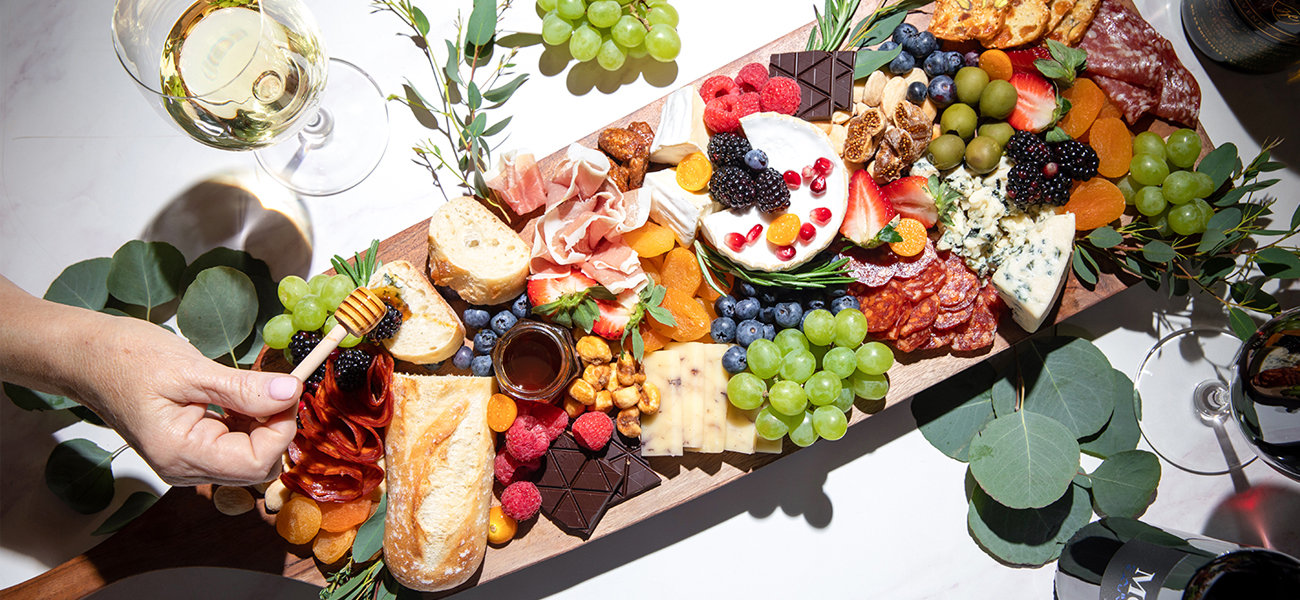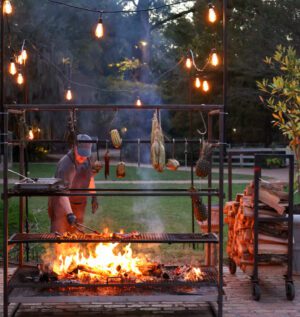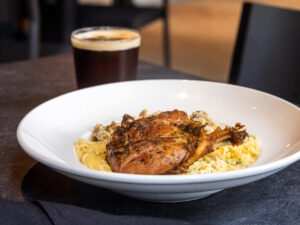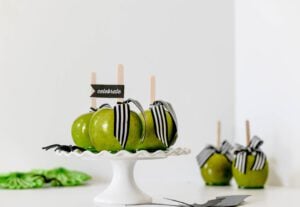How to pair wine and cheese like an expert
Pairing complementary wine and cheese is an art.
Pinpointing a wine’s ability to elevate a cheese’s unique flavors requires a deep knowledge and appreciation for the duo’s individual special qualities.
Wine and cheese pairings can make or break a charcuterie board or wine tasting. While there’s many different pairing methods, there are a handful of fundamental tips to get you pairing like a pro. Instead of guessing which wine and cheese to couple, take some notes from the local experts: sommelier and owner of Blend Restaurant and Wine Bar Scott Higgins and food stylist and owner of Bites and Boards Robyn Nicosia Parker.

What grows together, goes together.
Scott Higgins: You can always look at the region that the wine or cheese comes from to determine what pairs well. For example, tempranillo wine and manchego cheese pair well because they both originate from Spain.
Robyn Nicosia Parker: A classic pairing would be an aged Rioja (red or white) with an aged manchego. The aged white Rioja gets super nutty and makes a great match to the nutty flavors that aged manchego brings.
Contrast tastes and textures.
Higgins: I am big on textures. If you have something rich and high in fat, you can cut it with something high in acid. Aged cheeses are low in water and have a higher salt content, so I add acid by having a high acid wine (like riesling) to pair with the saltier cheeses. You can also contrast a salty cheese with a sweet wine, such as dessert wines and blue cheese.
Mirror similar flavors and textures.
Higgins: A buttery chardonnay can pair well with a buttery cheese or a dish with a buttery sauce. The same goes for pairing rustic wines with rustic cheese.
Nicosia Parker: Another pairing direction is harder cheeses with “harder” wines and softer cheeses with “softer” wines. Basically, pair their intensities, but also keep in mind the texture of the cheese, as well. Fresh and soft cheeses, such as brie, camembert and feta, love crisp white wines, dry rosés and sparkling wines. Medium-aged cheeses are firmer in texture and stronger in flavor. Pairing duos to try would be: havarti with chardonnay and Gruyere with merlot. Stinky cheeses such as taleggio and Morbier call for light-bodied wines like riesling or pinot noir. Harder cheeses love full-bodied whites and tannic reds.
Acidic wines enhance cheese flavors.
Higgins: Acidity makes you salivate. We taste our food better when we salivate. In Italy, they serve a drink before your meal that has low alcohol and has a bittering agent (acid) to make you salivate and taste your food better.
Bubbly wines pair with (almost) everything.
Higgins: When in doubt, you can always go to bubbly wines. Unless both your dessert and Champagne are very sweet. If you have a weird cheese, pair it with bubbles. It washes your palate off every single sip because of the bubbles. It also helps you get less palate fatigue if you’re doing several wine and cheese pairings.
Nicosia Parker: Although there are infinite possibilities for wine and cheese pairing ideas, the good news is your guests will be thrilled with whatever you pour and platter, so enjoy the experience.
This article was originally published in the May 2022 issue of 225 magazine.












